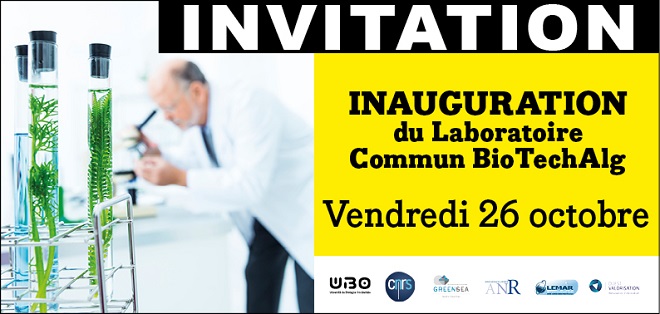Conference by Salvador Lluch (CIBNOR La Paz, Mexico) – November 26th 10:30
Salvador Lluch, from CIBNOR (La Paz, Mexico) will be at the IUEM at the end of November, and will give a conference on monday, novembre 26th, at 10:30, in the amphitheatre A.
Title: Revisiting the Regime Problem (once again)
Revisiting the Regime Problem (once again)







